- News
- Reviews
- Bikes
- Accessories
- Accessories - misc
- Computer mounts
- Bags
- Bar ends
- Bike bags & cases
- Bottle cages
- Bottles
- Cameras
- Car racks
- Child seats
- Computers
- Glasses
- GPS units
- Helmets
- Lights - front
- Lights - rear
- Lights - sets
- Locks
- Mirrors
- Mudguards
- Racks
- Pumps & CO2 inflators
- Puncture kits
- Reflectives
- Smart watches
- Stands and racks
- Trailers
- Clothing
- Components
- Bar tape & grips
- Bottom brackets
- Brake & gear cables
- Brake & STI levers
- Brake pads & spares
- Brakes
- Cassettes & freewheels
- Chains
- Chainsets & chainrings
- Derailleurs - front
- Derailleurs - rear
- Forks
- Gear levers & shifters
- Groupsets
- Handlebars & extensions
- Headsets
- Hubs
- Inner tubes
- Pedals
- Quick releases & skewers
- Saddles
- Seatposts
- Stems
- Wheels
- Tyres
- Health, fitness and nutrition
- Tools and workshop
- Miscellaneous
- Cross country mountain bikes
- Tubeless valves
- Buyers Guides
- Features
- Forum
- Recommends
- Podcast
feature
 2022 erg mode smart trainer hero comp
2022 erg mode smart trainer hero compWhat is ERG mode on your turbo trainer and how should you use it?
You may have already heard of 'ERG' mode on your smart trainer, but knowing how it works and how to make it work for you when indoor training is an entirely different story. We recently asked you, the readers, for any questions regarding ERG mode in a recent story on our Instagram page, and we've got the answers with some help from Mac Cassin, Lead Physiologist at Wahoo's recently unveiled Sports Science Centre...
What is ERG mode?
Before diving into the ins and outs it's probably useful to understand exactly what 'ERG' is. For starters, where does the word even come from?
Wahoo told us: "The term ‘ERG mode’ is shorthand for ‘Ergometer Mode.’
"An ergometer is a device used to measure work completed, Ergo and Meter being the Greek words for work and measure respectfully. Work is measured in joules, and a Watt is simply joules per second. Ergometer Mode is intended to set the desired rate of work (Watts) irrespective of cadence or gear choice."
So now that's cleared up, how about some history: while smart trainers feel like a new invention (shout out to the Kickr's 10-year anniversary) the first ‘electrically braked ergometer’ dates all the way back to the early 1900s.
A detailed look at how it works...
Firstly, a quick physics lesson to explain the fundamental principle underpinning all trainers, not just smart trainers. As we mentioned above, power is measured in Watts, and one watt represents one joule per second.
A ‘joule’ is a measure of work, which in turn can be calculated by multiplying force by distance. For things that rotate we can correlate their rotational speed to the distance covered.
Therefore, Power = Force x Distance.
All trainers have a rotating component (a flywheel) and Cassin went on to explain that we can therefore refer to the rotational speed of the flywheel (representing distance) as 'speed', and the term ‘resistance’ to refer to the force acting against the flywheel.
Therefore we get the equation: Power = Resistance x Speed
Why does this matter? Well, smart trainers are only capable of adjusting resistance, while speed is up to you and is dependent on both your cadence and gear selection.
In ERG mode, with a fixed power target, a Smart trainer is constantly measuring the speed and adjusting the resistance to balance that equation so that Power remains constant.
Cassin says: "The main thing to remember when riding any single smart trainer is that the trainer can only adjust the resistance to maintain power and adjusts that resistance based on the flywheel speed [cadence and gear]."
Are all ERG modes created equal?
When looking at purchasing a new smart trainer, it's likely that you'll want it to have ERG mode functionality; but are they all as good as each other, or are there certain things we should be looking out for? Cassin explained that flywheel weight plays a significant role.
"A lighter flywheel takes less work to change speed. Less power is needed to spin it faster, and less resistance is needed to slow it down compared to a heavier flywheel. Small changes in resistance have a larger impact on speed for lighter flywheels."
As we want power to remain constant in ERG mode, changes in speed (cadence/gear) must be accounted for with changes in resistance.
Cassin adds: "A smart trainer in ERG mode is sent a power target, measures speed, checks current resistance, adjusts resistance as needed, then does it all over again.
"There will always be some level of delay in this type of feedback system. Bringing that back to flywheel weight, if small changes in resistance have a larger impact on speed those small changes have a larger impact on power."
Cassin likens this to using the brakes on a bike, with a lighter flywheel equivalent to having, let's say, 5mm of lever pull, and a heavier flywheel equivalent to having full modulation across the whole lever pull of your brakes. Even if the brakes are the same, a heavier flywheel is much easier to modulate. So to answer the original question: nope, it appears not all ERG modes are created equal.
What trainers have ERG mode?
To add one more thing to consider when purchasing, there are four different types of smart trainers: wheel-on fixed, wheel-on rollers, wheel-off (aka direct drive trainers) and stationary bikes. Each have advantages and disadvantages when it comes to price, convenience, accuracy, road feel, loudness and portability; but how does each one affect ERG mode? All four types can be found with an ERG mode of sorts, and as a general rule if a trainer says it is "smart" then it should have an ERG mode setting.
> The stuff they don't tell you about smart trainers
Of wheel-on trainers, Cassin says: "Generally, wheel-on systems will have lower peak power capacity in ERG mode, and ‘wheel slip’ where your wheel loses traction on the roller connected to the flywheel".
He adds that the delivery of power is less consistent, which can result in uncalled-for and improper resistance changes at the flywheel. Cassin points out that these issues aren’t problematic if you are riding at a consistent cadence and less than 1000 watts during a sprint.
"Wheel-on trainers usually require you to ride in your lowest gears to maintain sub 100W targets in ERG mode", says Cassin.
"The wheel-contact drum-flywheel connection requires a large enough gear ratio that the minimum flywheel speed is quite high. Even if the trainer not actively adding resistance, all those spinning parts create resistance. At that point, the low end of ERG mode is limited by your wheel speed.
"In lower power situations you might need to be in your lowest gear combination for the erg to actually kick in, otherwise, you will be riding above the power target."
Wheel-off trainers by design eliminate the slippage issue, so a change in your cadence or gear is immediately registered by the trainer. We asked Cassin if there were any other benefits:
"They [wheel-off trainers] will also have the ability to handle higher peak powers, so those who are able to regularly break 1000 watts during sprints will be better served by a wheel-off trainer.
"Thanks to the internal gearing of these trainers they are able to keep the flywheel speed lower in most gears, so they are much better at accurately maintaining targets below 100 watts in ERG mode. They are also quieter than wheel-on trainers, important for people who share floors, ceilings and walls with neighbours.
"You also have the benefit of not wearing down the tyre on your rear wheel, though trainer-specific tyres solve this assuming you have a spare rear wheel you can dedicate to your trainer."
Then there's smart bikes. Wahoo has just released its new second-generation Kickr Bike, and there are some clear advantages to this kind of setup: easy adjustments can be made between multiple riders, and you don't have to keep another bike dedicated to using on the trainer. You would also need to constantly take it on and off the trainer if you're using this bike outside too. How good are smart bikes at ERG mode, though?
"They [smart bikes] have all of the technology and advantages of wheel-off trainers", says Cassin.
"When it comes to ERG mode, smart stationary bikes will perform just as well as wheel-off trainers."
So, to summarise:
"A trainer's flywheel weight and ability to create resistance are significant to how well they perform in ERG mode.
"Just like a set of wheels, that flywheel needs bearings to spin on, and just like bike hubs, less expensive trainers will not perform as consistently and will usually wear out faster.
"Heavier flywheels improve performance, but they also cost more to transport from the factory to your pain cave which is why most high-end trainers cost a pretty penny."
When to use ERG mode
So we now know what ERG mode is and which trainers are best at it, but how do we know when to use it? I asked whether we should be using ERG mode for all of our structured workouts, or whether that would result in the benefits being less transferable to outdoors.
"No! While ERG mode is great, it should not be used for all workouts" says Cassin.
"There are sessions, especially workouts with shorter higher intensity efforts, where using ERG mode might actually be detrimental to the session. This is especially true for some sprint and anaerobic capacity sessions.
"The goal of those sessions is to go all out. Those are not sessions where you need to dance the fine line of holding +/- 1% of the target. They are sessions where you need to give a 10 out of 10 effort. Sometimes that means being under the power target, sometimes it means going over the power target. In ERG mode you cannot truly do that."
Cassin adds that it’s also beneficial to turn ERG mode off for some longer steady state sessions, as it will help you to learn proper pacing. He said that indoor training is the ideal time to practice this as it should be easier than when external factors are at play when outside.
Minimal interval length
By far the most popular question that you had for us on Instagram was what the minimum interval length that we would recommend using ERG for. Well, here's what Wahoo had to say...
"The amount of change in power target is usually more significant than the actual duration of power target. The quality of your trainer is also important to answer this. Higher-end trainers are better equipped to deal with larger changes in power over a shorter duration."
Although we've clarified that it's preferable to do sessions involving short intervals in free-ride mode rather than ERG, it doesn't mean that the trainer is not capable of it:
Cassin says: "When I was developing the tool to generate ProRides* we tested many different trainers from many different companies and settled on a 7-second minimum power target duration for the smoothest experience across the widest range of trainers."
*ProRides pairs POV GoPro footage from pro cyclists to a scaled version of that rider's power file to give you the same relative efforts as that rider.
> Review: Wahoo SYSTM indoor training app
ERG mode best practice
According to Wahoo, the best practice for riding in ERG mode is to keep the flywheel speed as steady as possible.
If doing efforts out the saddle then Cassin recommends shifting to one gear harder to account for the drop in cadence (~10rpm).
Likewise, when you sit back down you’ll want to increase your cadence, so you want to shift back into that easier gear. If you are doing a workout that requires cadence changes you can keep the flywheel speed constant by shifting a couple of gears up or down. Cassin adds that whilst this is not explicitly necessary, it does in his opinion make the ride more enjoyable, more realistic, and reminds you that you do in fact shift gears when riding outside (unless of course, you are riding the track).
The next thing to do is to not chase the effort before it even starts. Cassin explains:
"Often when a new interval is about to start people will start increasing their cadence. This increases the flywheel speed, so the trainer has to then back off the resistance.
"The interval starts, and the trainer takes a few seconds to register it needs to increase resistance. At that point you are pedalling faster and faster because that’s instinctively how you ride to hit a higher power, the trainer is still on the back foot and so on. This can lead to missing entire intervals and suddenly finding yourself riding at an unnecessarily high cadence."
The last point that Cassin was keen to get across is that every trainer (not just Wahoo units) has a flywheel speed range where it is most effective. Cassin explains that this is usually the gear and cadence equivalent of riding at 30kph.
"You can zero in on your trainer's preferred speed by doing a moderate session with a few 5ish minute tempo efforts", he says.
"Riding the first one in your smallest gear, the next in a ‘middle gear’ and the next in your largest gear, you should see pretty quickly which one has the steadiest power line, and you will probably feel a little difference between each.
"If low gear and middle gear were the smoothest you can continue riding gear combinations between those two to really zone in."
Avoiding the 'spiral of death'
During some ERG mode sessions, it seems impossible to not let your cadence drop. Those of us who are experienced indoor riders will know all too well that when this happens the trainer can pile on resistance. This is fondly known as the 'spiral of death". We asked Cassins if there was anything we could do to avoid this, or whether it's just part and parcel of ERG mode training.
"The spiral of death is a terrible feeling, one I have had many many times.
"As you fade during an effort the flywheel speed drops, and in order to maintain power, resistance increases. You try to increase your cadence again, but the trainer is being told to increase resistance, so it’s harder still. This can continue until you are essentially doing a squat session instead of riding.
"The best way to avoid this is to give yourself some gearing buffer. Start in a smaller cog than normal. If your cadence starts to drop you can shift into an easier gear to increase your cadence while keeping the flywheel speed relatively constant. When you get to your next recovery section after about 20 seconds, shift back down to that starting gear so you have that flywheel speed buffer for that next effort."
If things get really bad (dropping below 40rpm) then Cassin adds that it’s probably best to just fully stop for five seconds or until your flywheel has completely stopped spinning, as it's unlikely by this point you're doing the session as intended.
"Most apps have a ‘disengage resistance’ mode that they send the trainer if the flywheel is not moving", he says.
"As the name suggests, the trainer temporarily disables ERG mode and allows you to get the flywheel back up to speed. This only works if you stop long enough for the flywheel to stop completely. Once stopped, get pedalling and back at it.
"There is no shame in doing a full stop on a couple of efforts in a session. If it keeps happening, you should consider reducing your power targets, or just calling it a day and focusing on resting up for your next hard session."
Some more of your questions...
Q: Does ERG mode response time vary between trainers?
Mac Cassin: Some trainers respond faster than others. Heavier flywheels and ‘better brakes’ will improve this. However, you can get different response times using the same trainer spending on what gear/cadence you are riding at. That being said, ERG mode is an App-Trainer-App-Trainer communication loop, so often slow ERG response time can be an app issue or a connection issue."
Q: Why does a power level on ERG feel easier than the same power up a hill in the real world?
MC: This isn’t necessarily ERG-related, but a general issue of indoor vs outdoor power production.
This isn’t the case for everyone or every trainer. The issue comes down to the inertia of the flywheel. On a Kickr for example, when riding in the 53x11, the flywheel is moving incredibly fast. To produce a set power, a faster-moving flywheel requires smaller changes in resistance with slight changes in cadence. Compare that to riding in a 39x32 gear and the flywheel is moving slower so the same small changes in cadence require larger changes in resistance to maintain a set power.
The small changes I am referring to are the ‘dead spots' at the top and bottom of your pedal stroke. This general principle of less inertia and force being required around a larger portion of the pedal stroke is one of the reasons a given power on a climb can feel harder than the power on the flats (or vice versa). At this point, we are talking about the difference in torque profile between individuals and how that is influenced by their training and fibre type composition. Are you producing most of your power evenly from 2 to 4 or are you producing most of it with a spike at 3? The 2 to 4 person will have a better time with low inertia riding (climbing) than the other person all other things, weight/FTP being equal.
There is also the issue of comparing power meters. While pretty much all smart trainers and power meters have settled onto a +/- 2% (or better) accuracy that does not mean two accurate power meters will read the same. Accuracy is more a measure of how consistent a measure is. That is not the same as precision, which is how close your measurement is to reality. Two power meters can be accurate, but one is consistently measuring 10W high, while the other (also accurate) is consistently measuring 10W low.
Q: Is there any benefit to using ERG mode outside of workouts?
MC: ERG mode is great for Ramp fitness tests. These tests don’t require any experience in pacing and can give you accurate training targets for the future. It’s also valuable for learning pacing strategies over longer efforts. During say a 40k time trial ridden at steady power your RPE will be quite low for the first five minutes. While that would still be a workout, the advantage of ERG mode is training your internal ‘RPE-meter’, not the physiological benefits of a longer steady state effort.
Q: Do you think ERG mode is something we could see being used outdoors in the future?
MC: It is possible that could see an ERG mode function out on the road. You would need your electronic gearing to shift for you as the terrain changes. If you add this onto an e-bike you would be able to ride at a fixed easy power up a given gradient as long as you could keep your cadence steady. It is a long way from being as ‘smooth’ as ERG mode on an indoor trainer, but the technology is there. It’s just a matter of someone or some group putting it all together.
Q: Can I sometimes change gear in ERG mode or should it be avoided? (if within the trainer's capability)
MC: As per my recommendations for best practices you absolutely can and should shift given the situation! You might also find that with wheel-on trainers you can only hit the easier recovery targets when in your lowest gear, but might need to be in a slightly larger gear to hit your power targets for the intervals.
Q: Do I need to be plugged into a power supply to use ERG mode?
MC: A few smart trainers are capable of running ERG mode without being plugged in. This would be a great feature for a lightweight portable trainer. Unfortunately, the trainers that have this ability have some of the heaviest flywheels making them difficult to transport easily. As of now, all Wahoo trainers need to be plugged in to run ERG mode.
Q: Does ERG mode respond quicker in certain gear combos/flywheel speeds? If so, which ones?
MC: Again it depends on the trainer, but in our experience, a lower flywheel speed results in fine/faster adjustments in resistance. You run the risk of getting into the 'spiral of death' if your gearing is too low. The real key to maximising the response time of your trainer is to keep your cadence as steady as possible. With a fixed speed, the trainer can easily change the resistance to hit the new target.
We hope this feature helps to improve your indoor training experience, and let us know whether you already follow the best practice or have any tips of your own in the comments section below. Also a big thanks to Mac from Wahoo... now I'm off to jump on the turbo!
Jamie has been riding bikes since a tender age but really caught the bug for racing and reviewing whilst studying towards a master's in Mechanical engineering at Swansea University. Having graduated, he decided he really quite liked working with bikes and is now a full-time addition to the road.cc team. When not writing about tech news or working on the Youtube channel, you can still find him racing local crits trying to cling on to his cat 2 licence...and missing every break going...
Latest Comments
- mdavidford 25 min 47 sec ago
first cast out the beam out of thine own eye
- eburtthebike 1 hour 47 min ago
Which is, ironically, very rare.
- mark1a 1 hour 49 min ago
New addition to the fleet, a Specialized Aethos. This is the Comp model, 12 speed 105 Di2, 10r carbon layup in pearlescent white, with upgraded...
- hawkinspeter 2 hours 56 min ago
Local 'nimbyism' dismissed as consensus is new scheme will 'increase footfall'...
- chrisonabike 3 hours 44 min ago
If they're formally recognising phone addiction, and have noted that our eating habits (driven by stuff people want to sell us) are obeseogenic ......
- Secret_squirrel 6 hours 55 min ago
Yes. Just like there's no push rod brakes or U brakes any more. Get with the program granddad.
- dreamlx10 7 hours 32 min ago
Looks like the perpetrators were not Italian
- Zebulebu 15 hours 59 min ago
You can't enter BC races because you don't have a BC license?...
- Hirsute 23 hours 43 min ago
Another pathetic sentence for killing a cyclist....
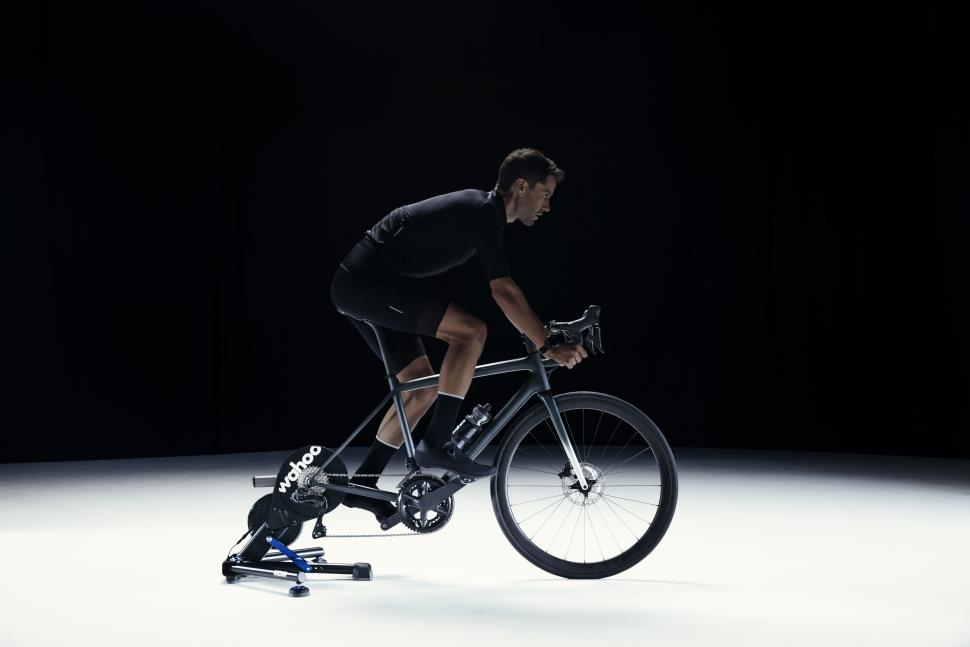
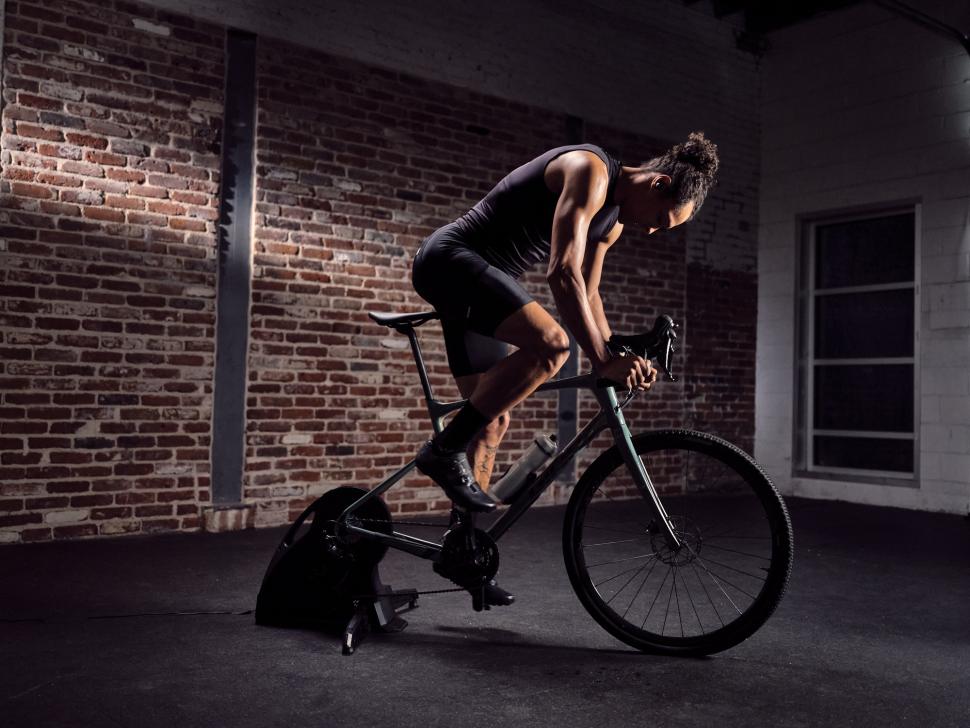
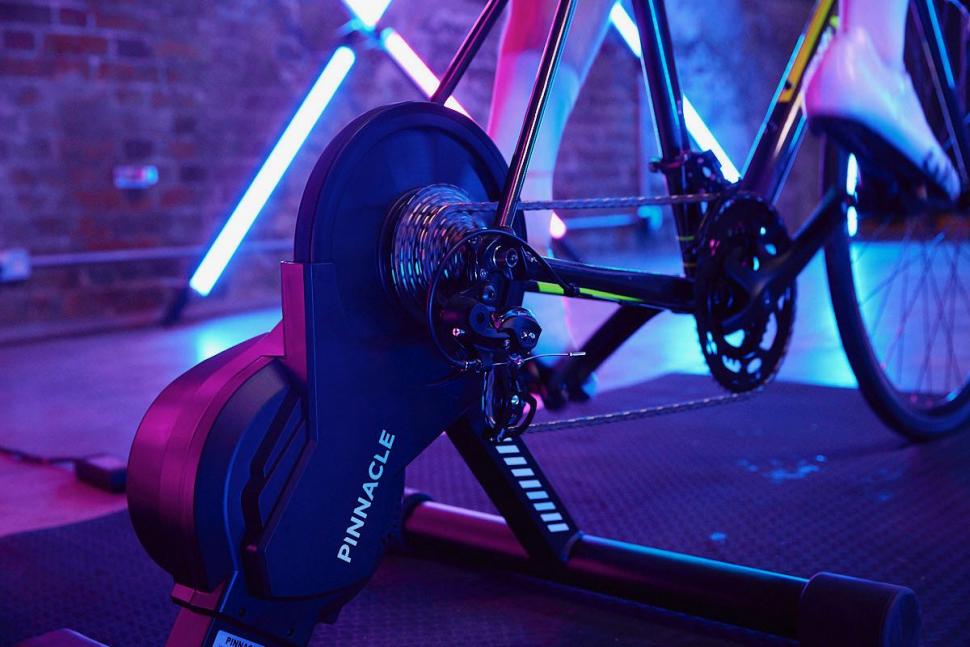

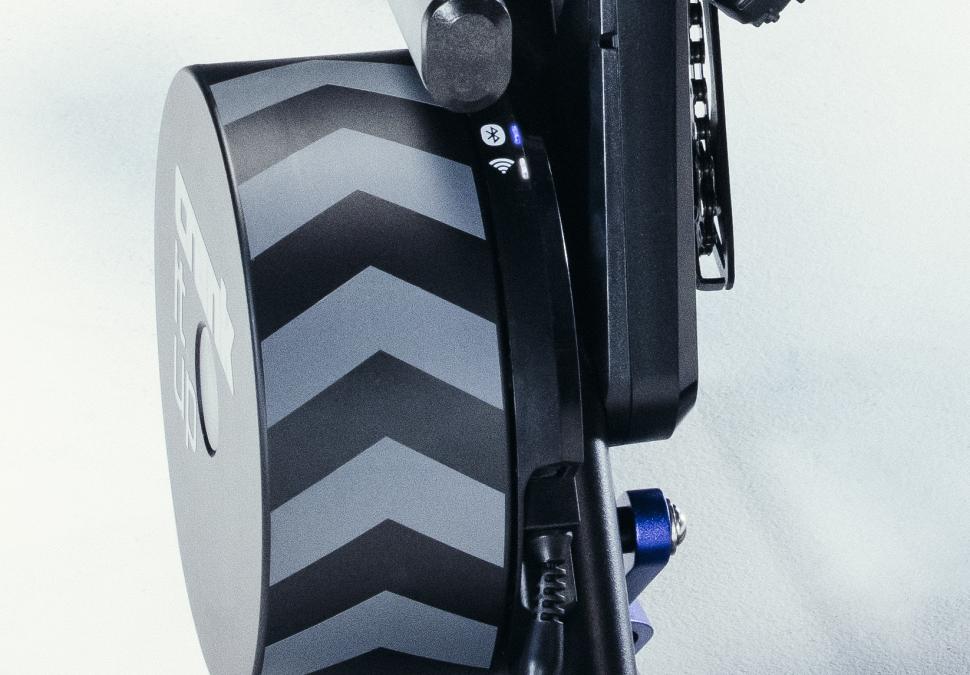
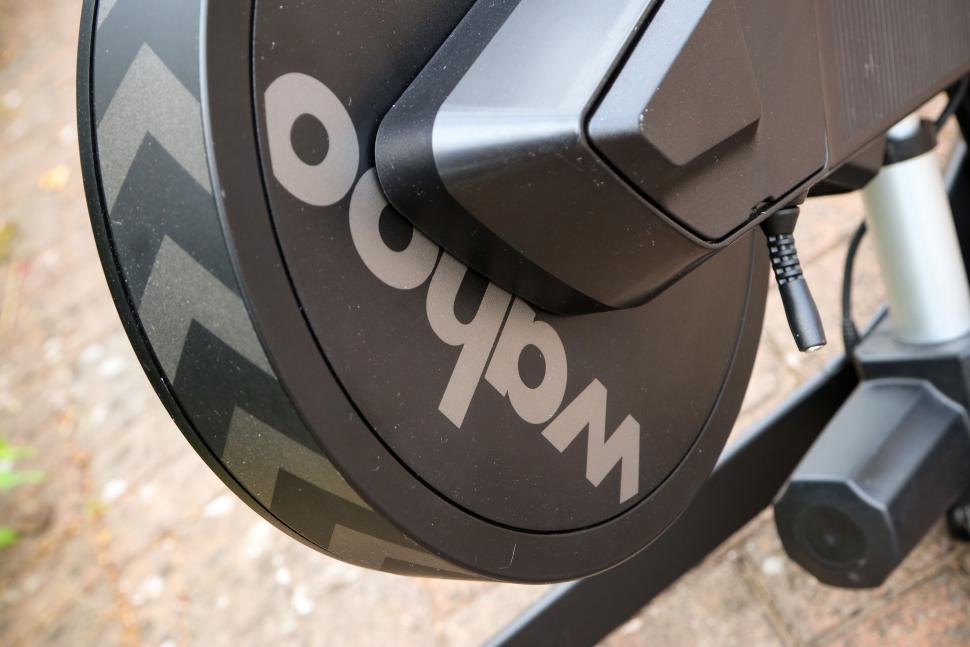
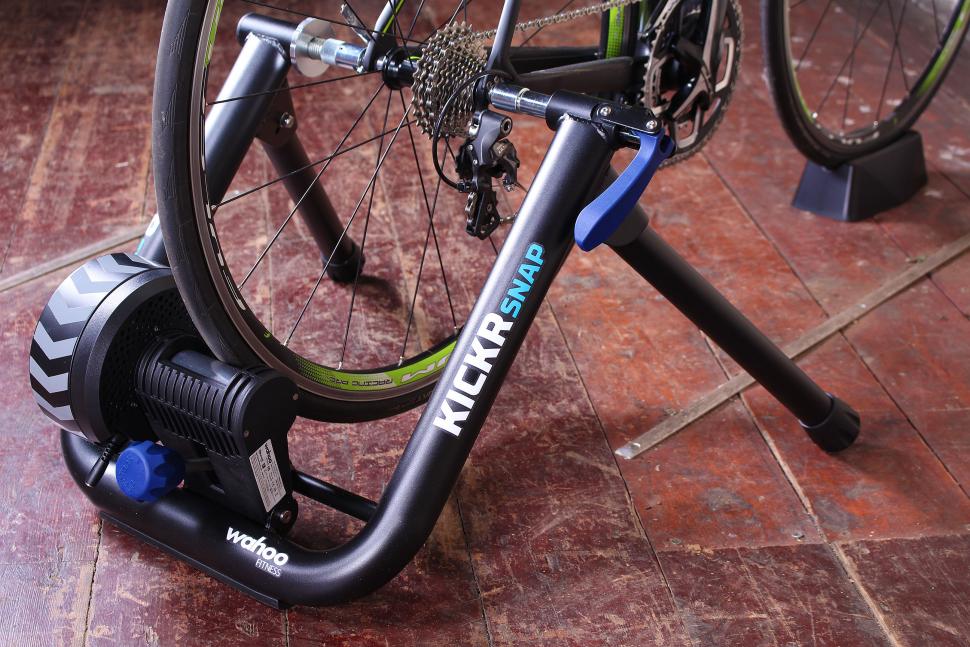
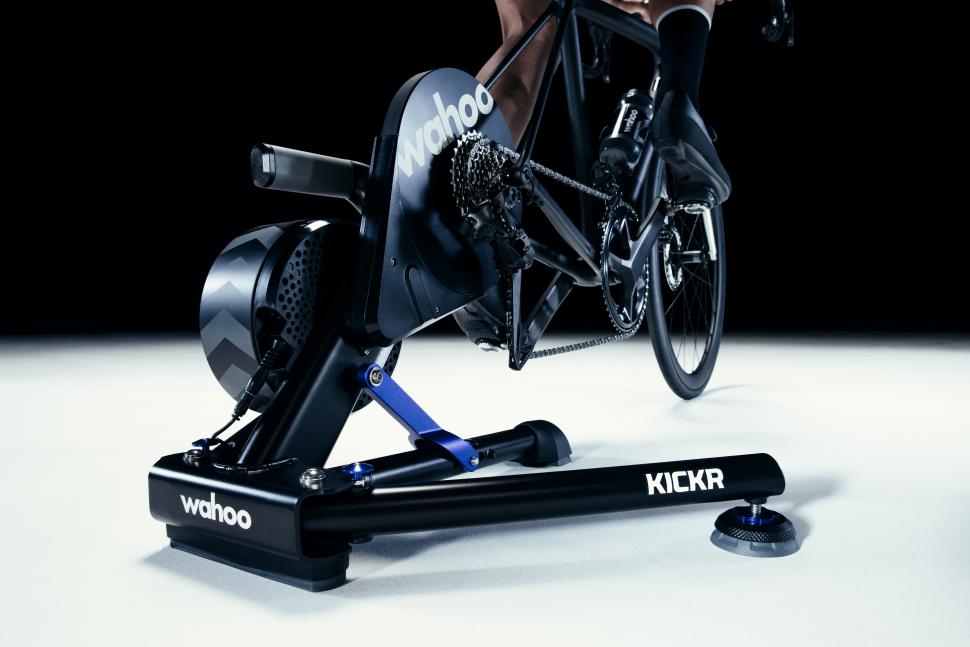

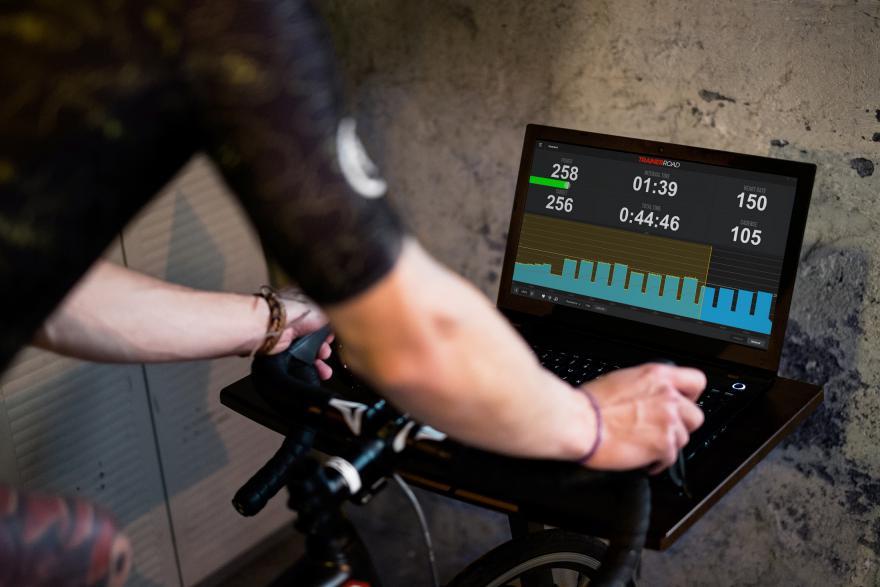

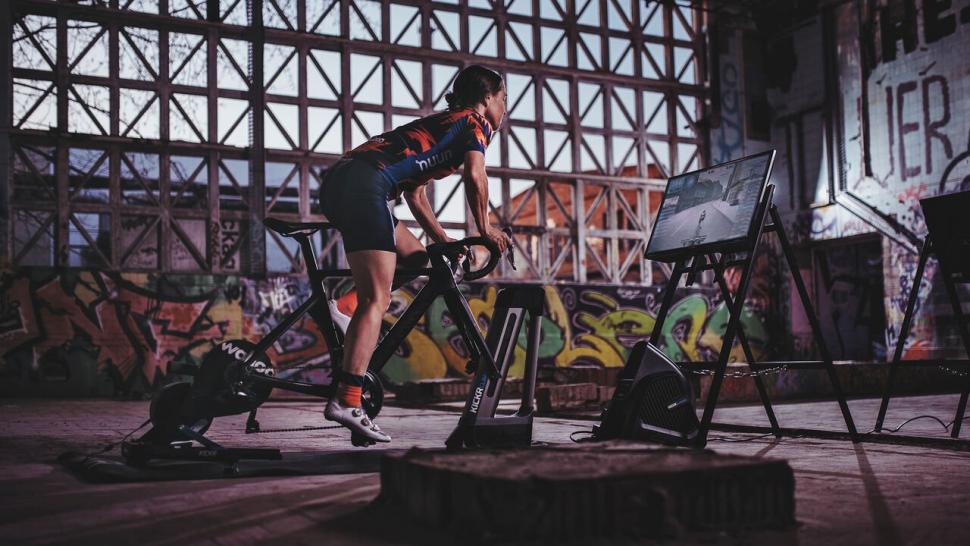

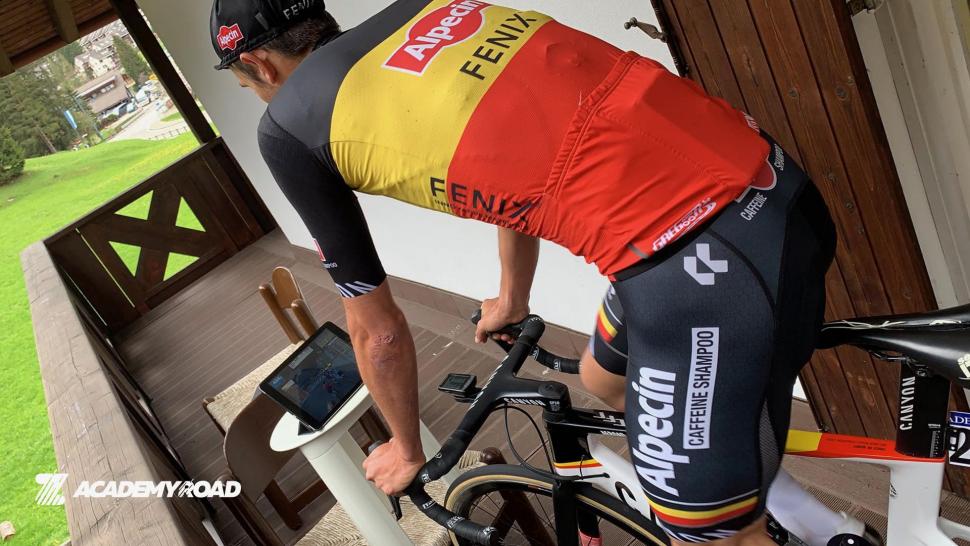
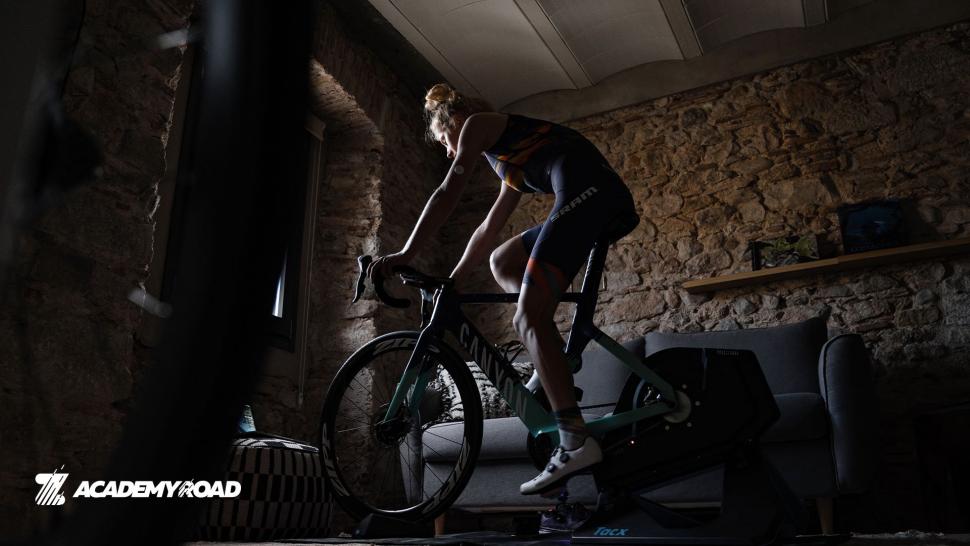
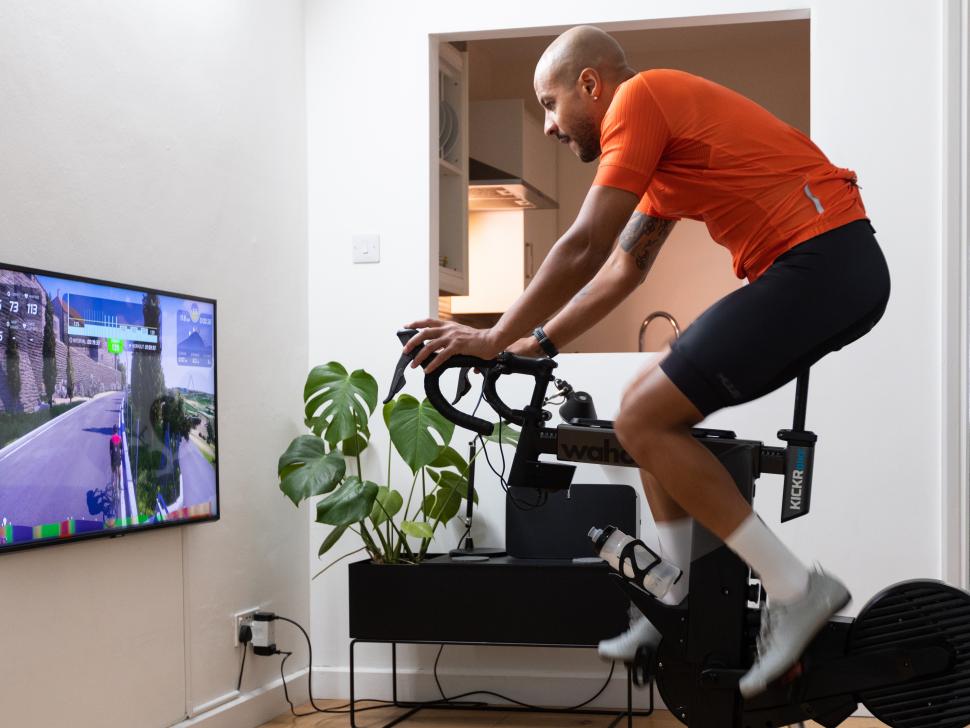
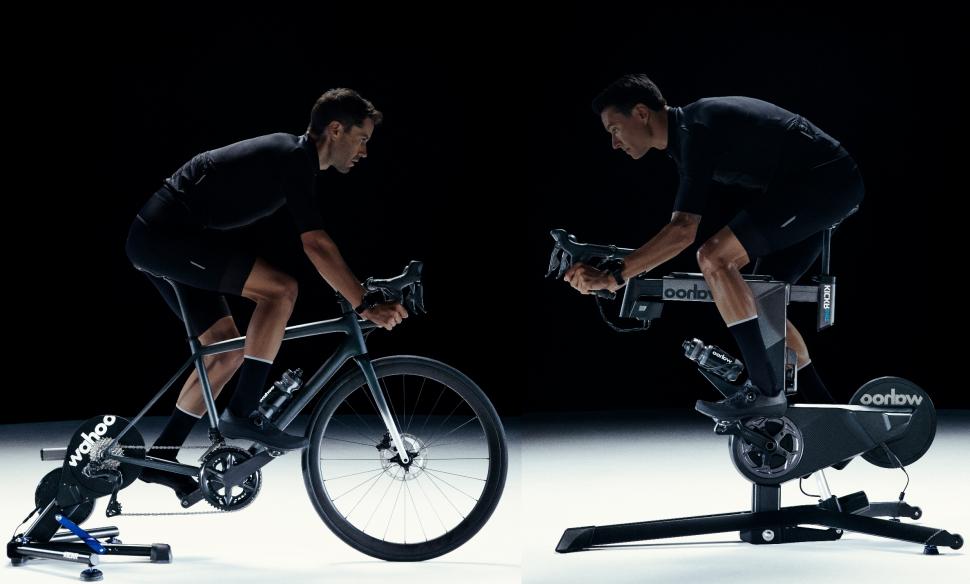
Add new comment
2 comments
Interesting that MC gets precision and accuracy exactly the wrong way round.
Enjoy the Ride and NototheEU will love this. Please don't encourage them.